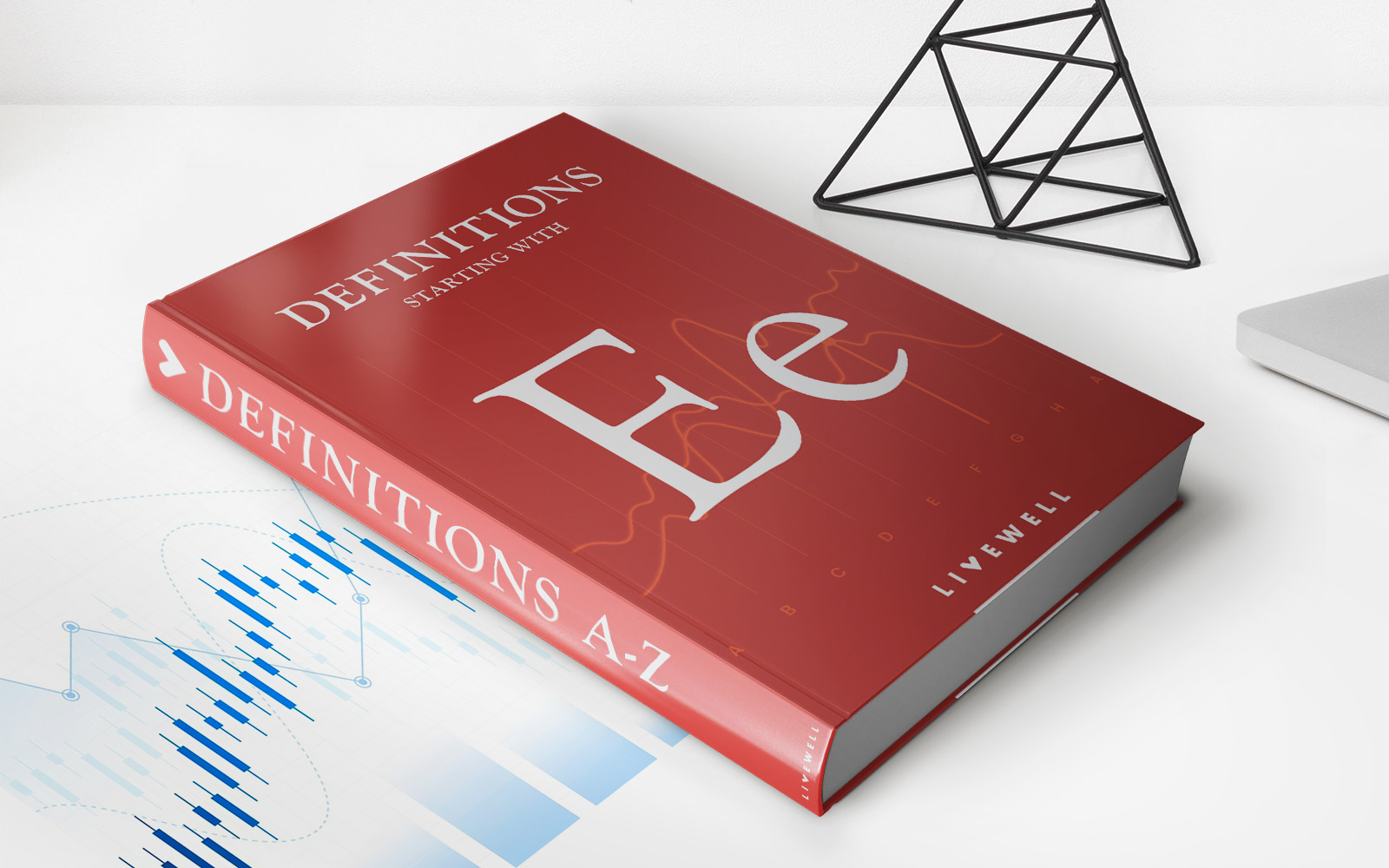Home>Finance>Real Option: Definition, Valuation Methods, Example


Finance
Real Option: Definition, Valuation Methods, Example
Published: January 16, 2024
Learn about real options in finance including their definition, valuation methods, and an example. Explore the exciting world of financial decision-making.
(Many of the links in this article redirect to a specific reviewed product. Your purchase of these products through affiliate links helps to generate commission for LiveWell, at no extra cost. Learn more)
Real Option: Definition, Valuation Methods, Example
Welcome to another insightful blog post in our FINANCE category! Today, we’re going to dive deep into the world of real options. Real options, also known as strategic options or embedded options, are an important concept in finance that allow decision-makers to take advantage of potential opportunities in the future. In this post, we’ll provide a clear definition, explore various valuation methods, and illustrate a real-life example to help demystify this topic for you.
Key Takeaways:
- Real options are financial tools that give decision-makers the right, but not the obligation, to take certain actions in the future.
- Real options are often compared to financial options, but they differ in that they apply to real-world projects or investments rather than purely financial assets.
Now, let’s start by defining what exactly a real option is. A real option is a choice or opportunity that arises during the course of a project or investment. It is called a “real” option because it relates to tangible assets or actions in the real world. Just like a financial option, a real option provides the holder the right, but not the obligation, to take a specific action or make a decision in the future.
Valuing real options can be a complex task, as it requires estimating the potential future cash flows and uncertainty associated with the underlying project or investment. There are several methods used to value real options, including:
- Binomial Option Pricing Model: This method involves constructing a binomial tree to simulate possible future scenarios and calculate the option’s value.
- Black-Scholes Option Pricing Model: This popular model is used to value financial options, but can also be adapted for real options by incorporating project-specific variables.
- Decision Tree Analysis: This method involves representing the decision-making process and the potential outcomes in a graphical tree structure, enabling a comprehensive evaluation of the real option’s value.
Let’s now illustrate the concept of real options with an example. Imagine a company considering the expansion of its manufacturing facilities. They have the option to invest $10 million to increase production capacity. However, due to market uncertainty, they can postpone this investment decision if the demand for their products doesn’t materialize. In this case, the option to delay the investment acts as a real option.
If they choose to exercise the option and invest, the company expects annual profits of $4 million for the next 10 years. However, if they delay the investment and reassess the market conditions after a year, they may find that the demand has significantly increased, allowing them to achieve higher profits of $6 million per year for the remaining nine years. By valuing this real option, the company can evaluate the potential benefit of delay and make an informed decision.
To summarize, real options are powerful tools that allow decision-makers to incorporate flexibility and adaptability into their investment strategies. By quantifying the value of real options, companies can make more informed decisions, mitigate risks, and maximize potential opportunities. Understanding the different valuation methods and real-life examples can help financial professionals effectively utilize real options and enhance their decision-making process.
We hope this blog post has provided you with a solid grasp of real options and their importance in finance. Stay tuned for more valuable information in our FINANCE category, where we strive to bring you insights that can optimize your financial decision-making process. If you have any questions or would like to learn more, feel free to reach out to us!














